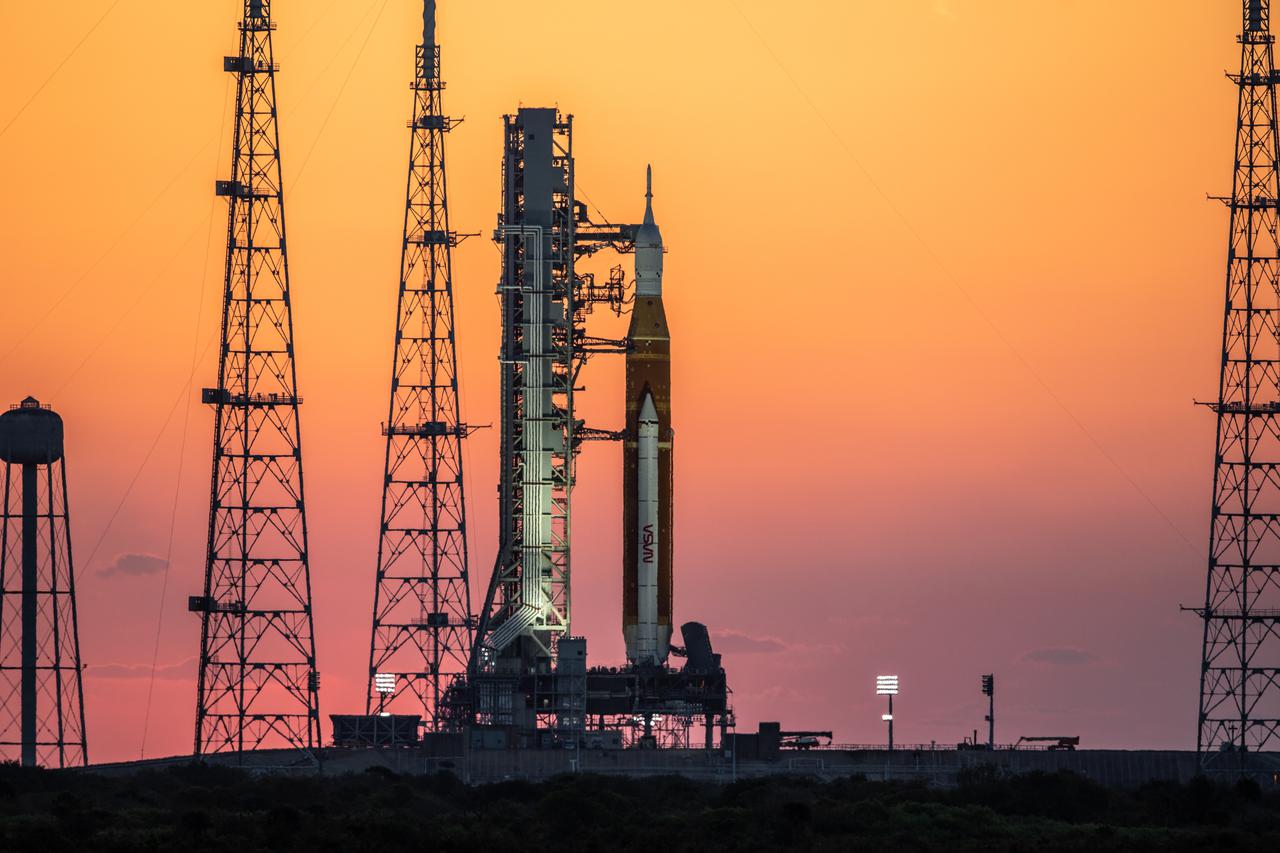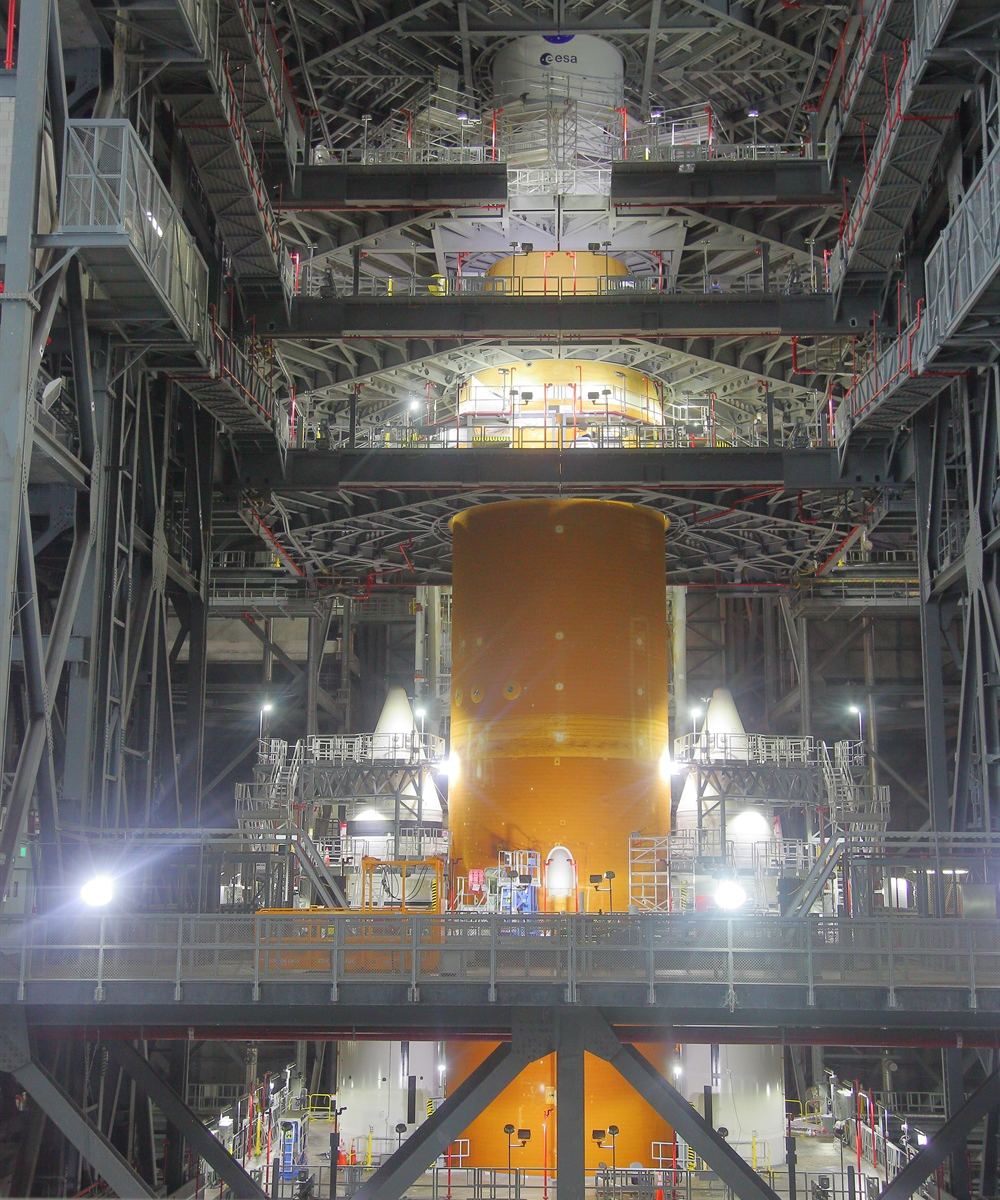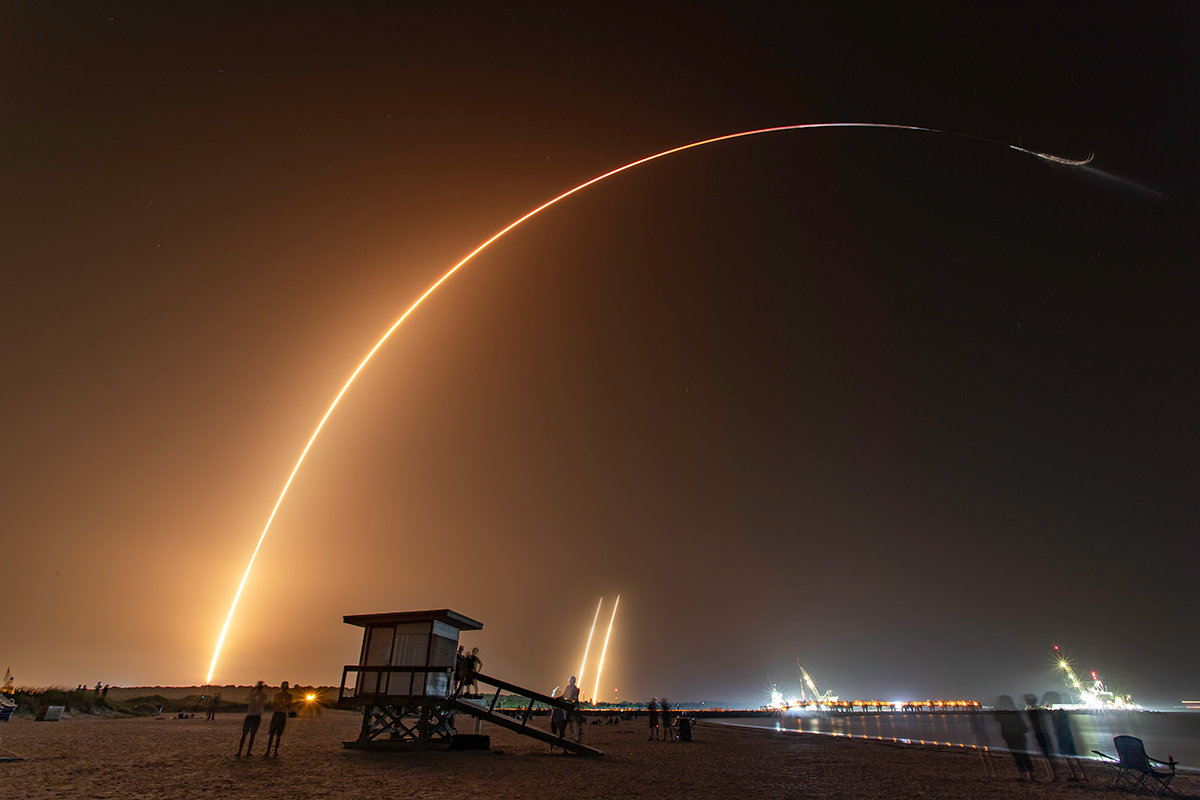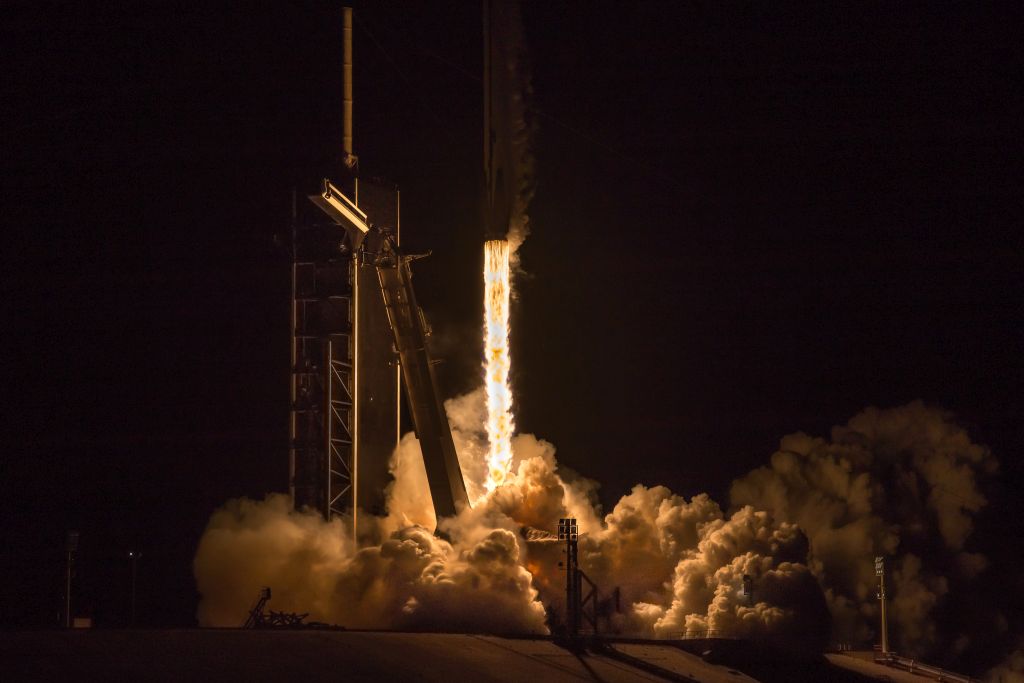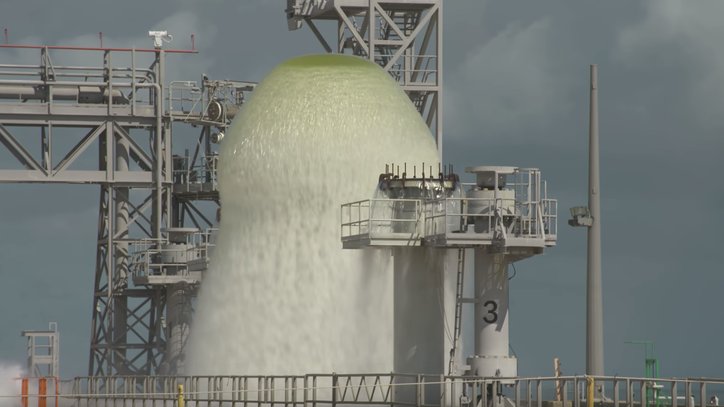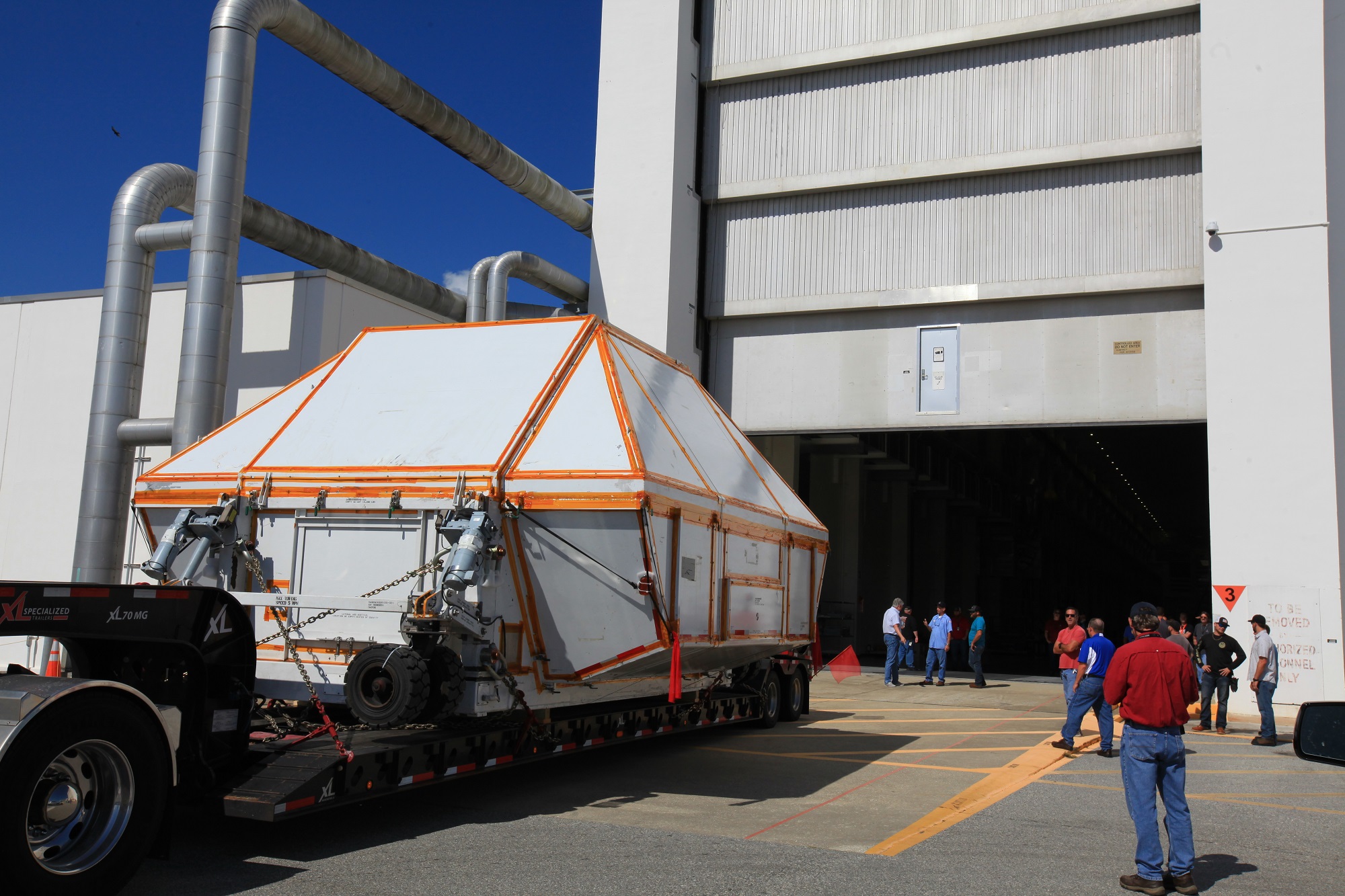In its continued support for the Artemis missions, a three fully-electric, environmentally friendly, and specially designed vehicles were recently delivered to NASA for the purpose of ferrying future Artemis astronauts from their crew quarters to historic Launch Pad 39B before their journey to the Moon. The vehicles were built and delivered by Canoo Technologies Inc. based in Torrance, California, and comes just over a year after NASA awarded Canoo the contract to provide the new vehicles, and almost two years since NASA put out a call for proposals.
Continue reading “NASA Astronauts Get a New Ride at Kennedy Space Center”NASA Astronauts Get a New Ride at Kennedy Space Center



